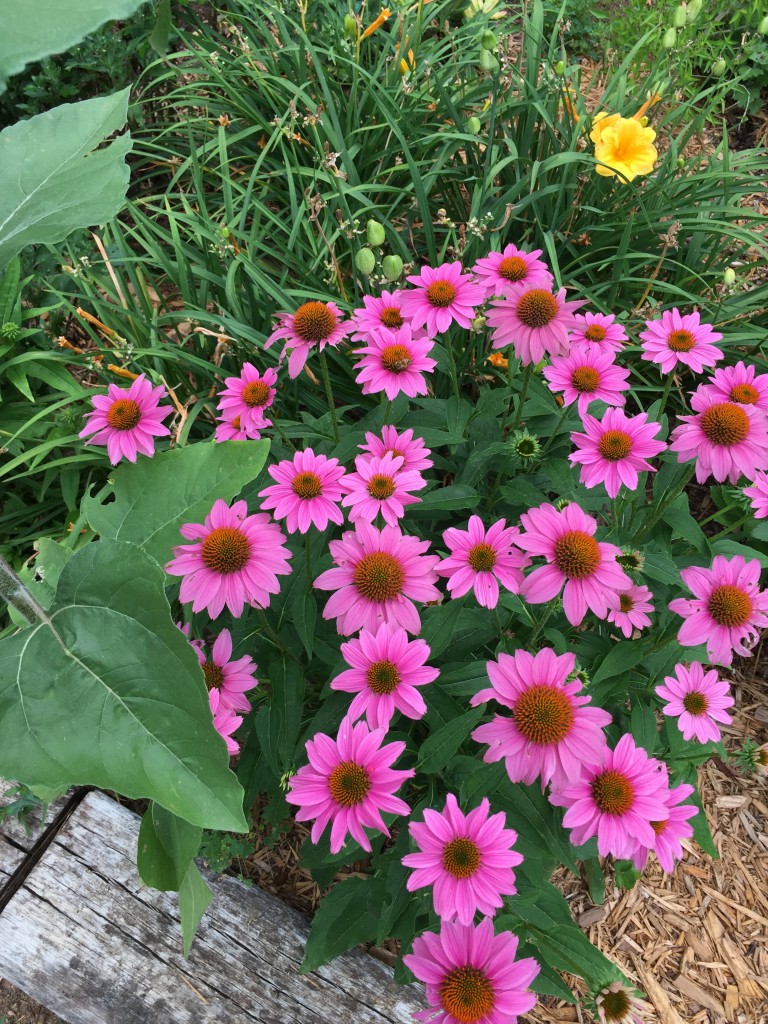Ornamental Plant Cultivar Choice Influences Pollinator Visitation
We conducted visual observations and sampled via sweep nets to assess the potential of flowering ornamentals to act as a conservation resource for pollinators.
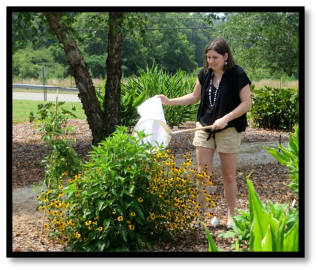
Agastache (Pursh) Kuntze ‘Black Adder’ and Celosia spicata L. were the most frequently visited by pollinators among 74 plant taxa.
Braman, S. K., Pennisi, S. V., Fair, C. G., & Quick, J. C. 2022. Pollinator cultivar choice: An assessment of season-long pollinator visitation among coreopsis, aster, and salvia cultivars. Frontiers in Sustainable Cities, 4. doi:10.3389/frsc.2022.988966
Harris, B. A., Braman, S. K., & Pennisi, S. V. 2016. Influence of Plant Taxa on Pollinator, Butterfly, and Beneficial Insect Visitation. HORTSCIENCE, 51(8), 1016-1019.
Harris, B. A., Braman, S. K., & Pennisi, S. V. (2017). Pan Trap Designs for Monitoring Pollinators and Other Beneficial Insects in Conservation Gardens(1). JOURNAL OF ENTOMOLOGICAL SCIENCE, 52(1), 9-14.
Harris, B. and S.K. Braman. 2016. Opportunity to improve public perceptions of arthropods and arthropod-related benefits. Journal of Extension. 54:
https://joe.org/joe/2016december/pdf/JOE_v54_6rb7.pdf
Pennisi, S., Braman, S., & Harris, B. (2015). The Eco-Friendly Garden: Attracting Pollinators, Beneficial Insects, and Other Natural Predators (University of Georgia Cooperative Extension Bulletin 1456).
https://siteextension.uga.edu/publications/detail.html?number=B1456
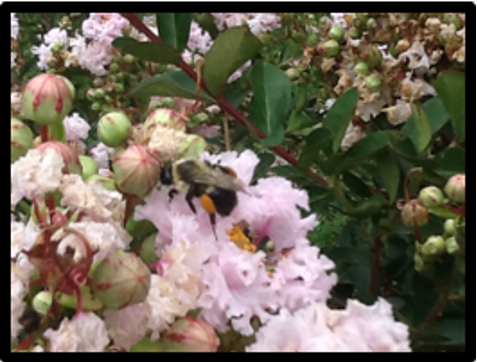
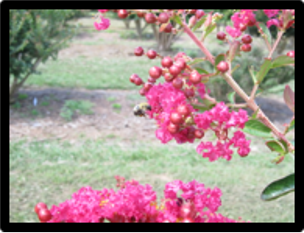
We found variation in bee visitation to 40 cultivars evaluated in a 2-yr study in north Georgia. The cultivars ‘Seminole’ and ‘Victor’ were the two most often visited by all bees, including honey bees, carpenter bees, and several small bee species. ‘Apalachee’, however, was the cultivar most frequently visited by bumblebees.
Braman, S. K., & Quick, J. C. (2018). Differential Bee Attraction Among Crape Myrtle Cultivars (Lagerstroemia spp.: Myrtales: Lythraceae). ENVIRONMENTAL ENTOMOLOGY, 47(5), 1203-1208
Pennisi, S., Braman, S. K., Quick, J., & Putzke, M. (2020). What’s your flavor? Bee preferences for crape myrtle cultivars.
https://secure.caes.uga.edu/extension/publications/files/pdf/C%201185_1.PDF
Landscape Factors Affect Pollinator Occurrence in Residential Landscape Settings
During 2019 and 2020, 110 species of bees were captured in pan traps in residential settings. We found significant differences in bee assemblages among 3 predominant land cover types: Forest, Urban/development and agriculture. 14-15 species of bees accounted for 90% of the differences between the 3 cover types.
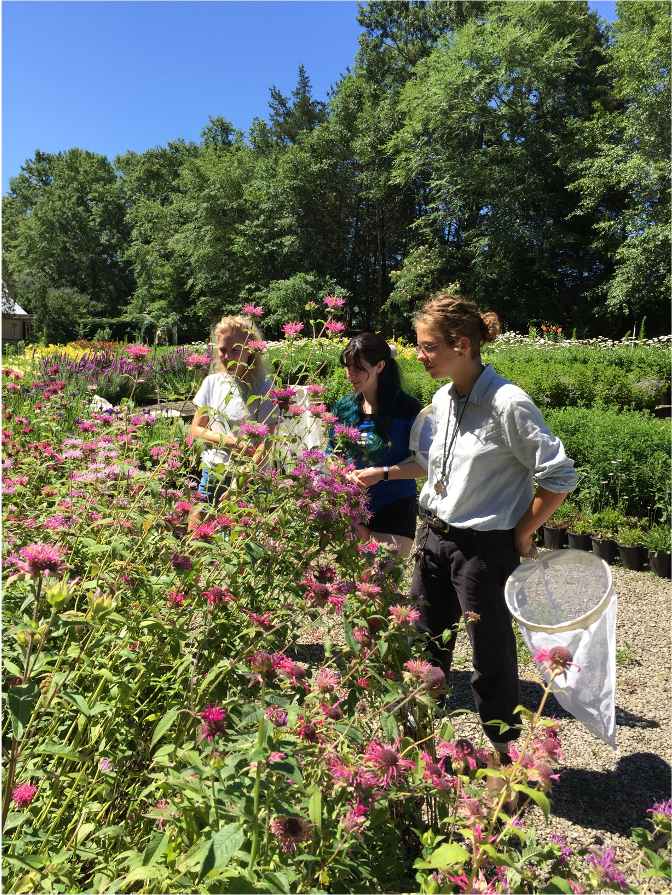
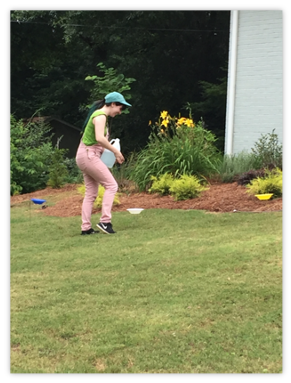
Janvier, A. J., M.D. Ulyshen, C. A. Braman, C. Traylor, M. Edelkind-Vealey, and S. K. Braman. 2022. Scale-dependent effects of landscape context on urban bee diversity. Journal of Insect Conservation. 26:697-709. https://doi.org/10.1007/s10841-022-00402-6157.
Braman CA, McCarty E, Ulyshen MD, Janvier AJ,Traylor C, Edelkind-Vealey M and Braman SK(2023) Urban bee functional groups response to landscape context in the Southeastern US. Front. Sustain. Cities 5:1192588. doi: 10.3389/frsc.2023.1192588
